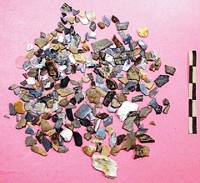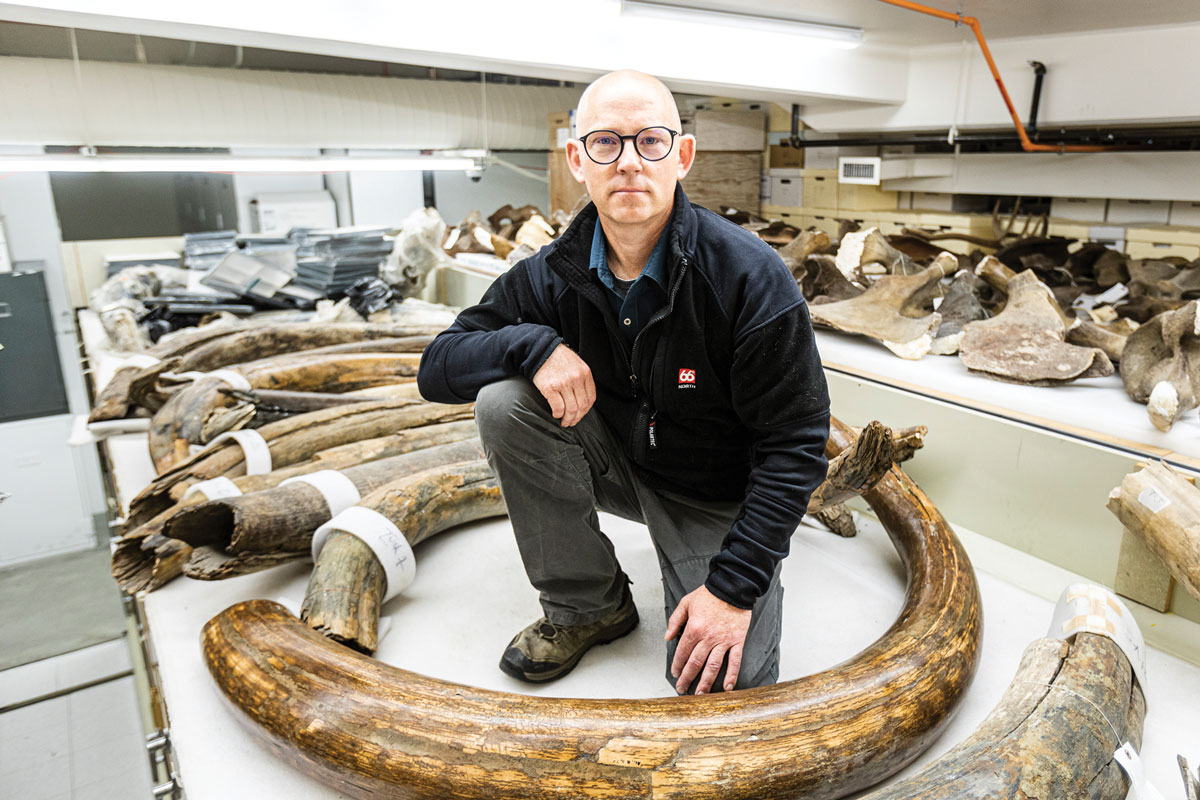Advertisement
Grab your lab coat. Let's get started
Welcome!
Welcome!
Create an account below to get 6 C&EN articles per month, receive newsletters and more - all free.
It seems this is your first time logging in online. Please enter the following information to continue.
As an ACS member you automatically get access to this site. All we need is few more details to create your reading experience.
Not you? Sign in with a different account.
Not you? Sign in with a different account.
ERROR 1
ERROR 1
ERROR 2
ERROR 2
ERROR 2
ERROR 2
ERROR 2
Password and Confirm password must match.
If you have an ACS member number, please enter it here so we can link this account to your membership. (optional)
ERROR 2
ACS values your privacy. By submitting your information, you are gaining access to C&EN and subscribing to our weekly newsletter. We use the information you provide to make your reading experience better, and we will never sell your data to third party members.
Environment
Ancient Teeth
Gentler laser mass spec method opens door to study of small and fragile fossils
by Stephen K. Ritter
November 13, 2006
| A version of this story appeared in
Volume 84, Issue 46

A refined laser-ablation isotope-ratio mass spectrometry technique to study fossil tooth enamel reduces the amount of damage to rare artifacts to an acceptable level while still obtaining sufficient material for a thorough analysis (Science 2006, 314, 980). The method is anticipated to be a boon for scientists who study the diet and environment of ancient animals and prehistoric humans.
Matt Sponheimer of the University of Colorado, Boulder; Benjamin H. Passey and Thure E. Cerling of the University of Utah; and their colleagues used the method to study molars from 1.8 million-year-old early human relatives uncovered in South Africa. The data reveal that the ancient hominids ate a variable diet of seasonal fruits, leaves, and nuts from woody plants, as expected, but they also ate grains and vegetables and probably animals that fed on grasses. "We've never before been able to see dietary change within a single individual's lifetime," Sponheimer says.
The improvements came about not as a result of new technology, Passey notes, but rather as the result of trial-and-error fine-tuning to "solve a lot of nitpicky problems," such as laser power, laser pulse duration, and cryogenic trapping efficiency.
In the technique, carbon vaporized from a sample by each laser pulse combines with oxygen to form about 20 nmol of CO2, which is whisked away from the sample chamber, purified in a cryogenic trap, and forwarded to a mass spectrometer. The researchers took multiple samples from several rows of tiny ridges on the teeth called perikymata, which are the microscopic "growth rings" of tooth enamel that form about every 10 days as teeth develop. They were able to discern the types of foods eaten by the individuals over time by the ratio of 13C to 12C in the CO2.
The researchers are "blazing a new trail" for reconstructing the diet and environment of early hominids, and their technique "should persuade museum curators to permit comprehensive surveys of isotopic variations within fossil teeth," notes Stanley H. Ambrose of the University of Illinois, Urbana-Champaign, in a commentary accompanying the Science paper.







Join the conversation
Contact the reporter
Submit a Letter to the Editor for publication
Engage with us on Twitter